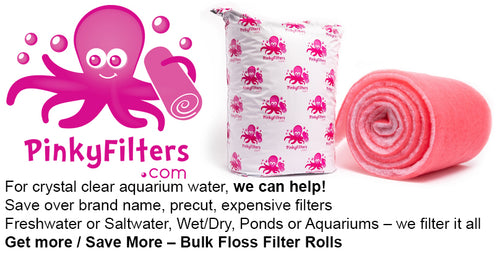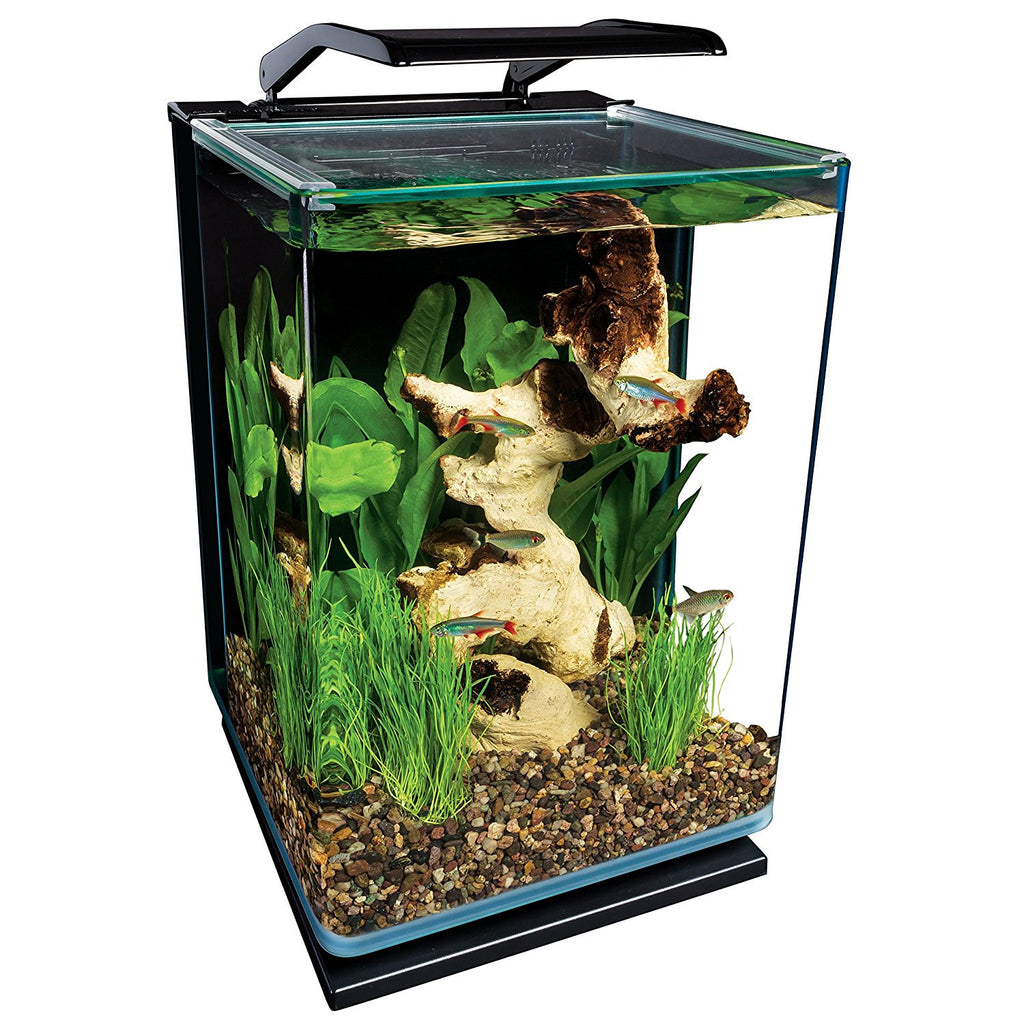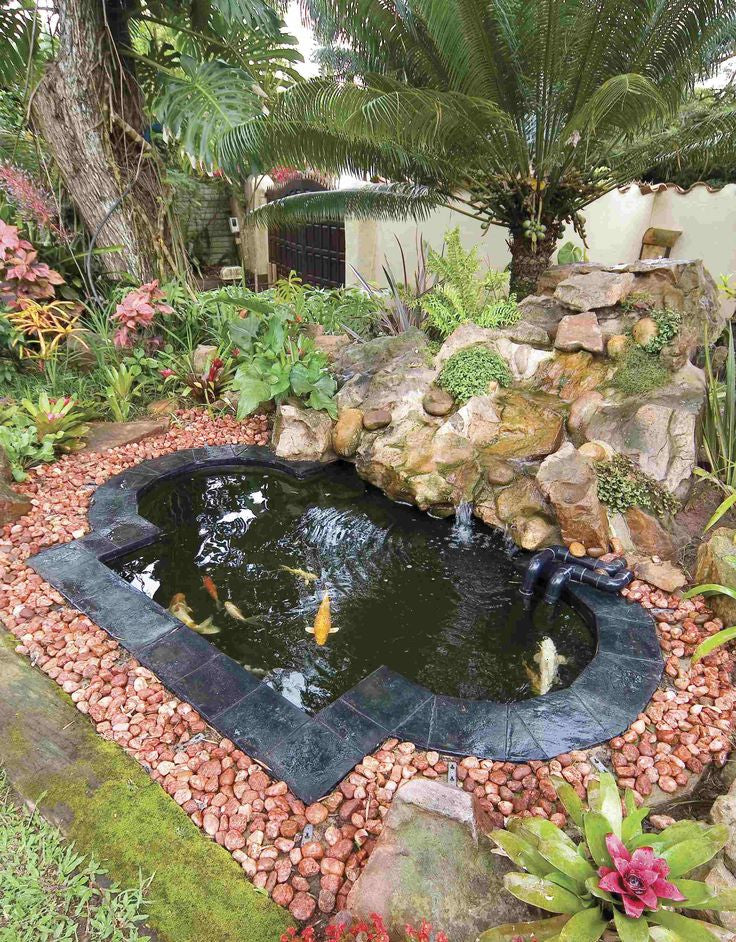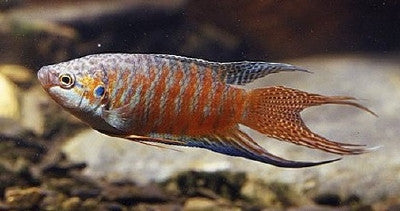Care for an Acrylic Aquarium Kit
How To Take Care of an Acrylic Aquarium Kit
The practice of keeping aquariums came about in the late 1800's. They were fairly crude. Usually these ancient aquariums only had one side that was made of glass, with the other three sides being made of metal or wood. Most aquariums consisted of fish that were native to the region of its owner simply because of availability. Also most old school fish tanks contained only fresh water fish. The reason being that salt water would corrode the metal frame that held the aquarium together.
 Aquariums drastically changed in the 1960's with the invention of silicone adhesive. Metal frames became obsolete and more people started to keep salt water fish and invertebrates. More recently glass tanks have become less frequently used due to the flexibility of acrylic. Literally flexibility! Acrylic aquariums are far more for forgiving than there glass counterparts. If a heavy object strikes a glass tank, it will almost certainly break. The flexibility of an acrylic tank will prevent this catastrophe from happening. In addition, acrylic offers more flexibility in design than glass. Acrylic aquariums have been made into everything from coffee tables to gum ball machines.
Aquariums drastically changed in the 1960's with the invention of silicone adhesive. Metal frames became obsolete and more people started to keep salt water fish and invertebrates. More recently glass tanks have become less frequently used due to the flexibility of acrylic. Literally flexibility! Acrylic aquariums are far more for forgiving than there glass counterparts. If a heavy object strikes a glass tank, it will almost certainly break. The flexibility of an acrylic tank will prevent this catastrophe from happening. In addition, acrylic offers more flexibility in design than glass. Acrylic aquariums have been made into everything from coffee tables to gum ball machines.
That being said, there is a short downfall to owning an acrylic aquarium. They do scratch more easily than glass. When cleaning your aquarium, be careful not to use paper towels, and harsh or abrasive chemicals, as they can scratch the acrylic surface of the aquarium. Always use a cleaner specifically labeled safe for acrylic. Use plastic or rubber scrubbers, rather than metal to clean the sides of an acrylic tank. Be careful not to accidentally pick up a piece of substrate or gravel while cleaning the inside of the tank. However, if you do happen to scratch an acrylic aquarium, all is not lost. The tank can be repaired, unlike glass. There are acrylic repair kits available at specialty pet stores, your local hardware store and of other online stores.
Acrylic Aquarium Kit Maintenance
When purchasing an acrylic aquarium kit, there will be many different options to choose from, at many different price points. A fish lover can choose from small cylinder shaped tanks that can double as a coffee table lamp to wall huge wall sized aquariums. While, there are some basic things that will be included in most kits, such as, a filter, some substrate or coral and sometimes lighting, the kits themselves can vary greatly. It really doesn't matter where you buy your starter kit, but keep in mind that it is extremely important to buy your fish from a reputable dealer. Don't buy fish that are hovering near the surface, or that are located in a tank with other dead fish. Fish diseases are extremely communicable. Be weary of a fish dealer that refuses to catch a specific fish out of the tank for you. After all this is going to be your fish and you have a right to choose.





